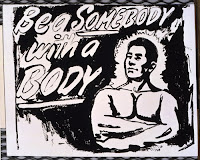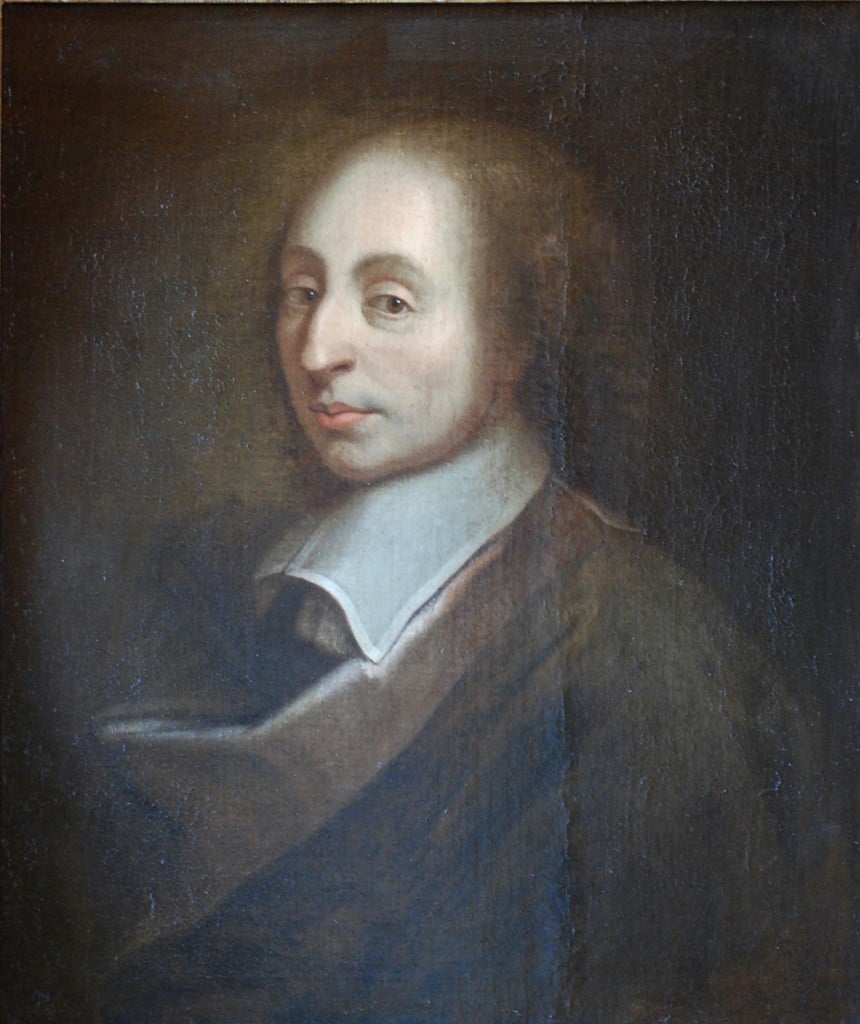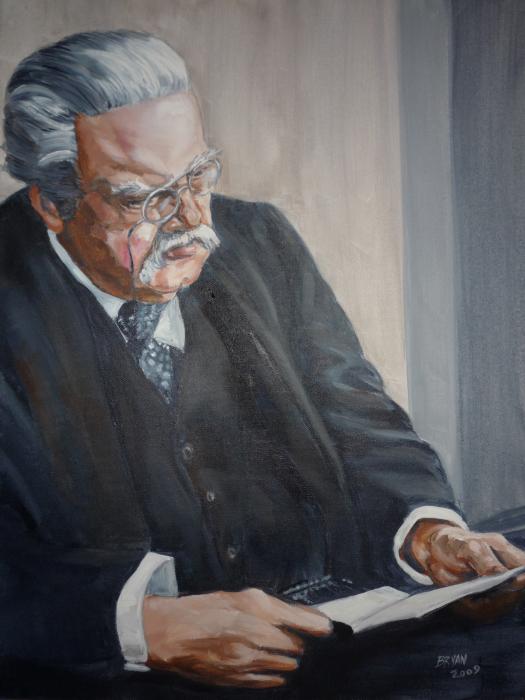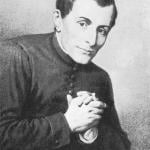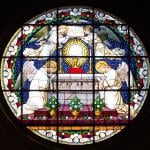Most of us who have heard of Andy Warhol think of him as the avant-garde filmmaker, as the celebrity with wild hair and big glasses who frequented Studio 54 in the 1980s, as the father of Pop Art, or as one of the most influential visual artists of the second half of the 20th century.
Now, we can also think of him as a devout Catholic. Warhol, who was born Andrew Warhola in Pittsburgh in 1928 to Slovakian parents, died in 1987 from complications of gallbladder surgery. During his childhood, Warhol would walk with his family each Sunday six miles from their home in Pittsburgh’s poorest neighborhood to Saint John Chrysostom Byzantine Catholic Church. Unbeknownst to all but those closest to him, Warhol as an adult returned to the faith of his youth. His journey reminds me of what Christ told his apostles: “In my Father’s house there are many dwelling places. If there were not, would I have told you that I am going to prepare a place for you? Christ’s invitation is for all of us.
Last weekend, my family visited the Brooklyn Museum to see an exhibit of his work called “Andy Warhol: the Last Decade” which documents the Christian-themed art he created in the final years of his life.The museum was quiet and nearly empty, giving us time and space to contemplate his artwork. The lack of visitors was ironic, given that in 1999 the Brooklyn Museum’s exhibit “Sensation!” included a piece by British painter Chris Ofili that depicted the Blessed Mother covered in elephant dung and surrounded by pornographic images. That exhibit drew large crowds and a storm of controversy.
I wanted to share some of the artwork that moved me last weekend and to encourage readers within driving distance to visit this exhibit, which runs through Sept. 12. I don’t mean to suggest all the artwork in this show is suitable for children or that it hews to religious orthodoxy. One piece, called Oxidation, was created by combining urine with copper metallic pigment, Blessedly, only my husband realized that at the time because he is the one of us four who actually reads the labels next to artwork.
Warhol was commissioned to created a modern version of Leonardo Da Vinci’s The Last Supper. It sits in a gallery across the street from Da Vinci’s masterpiece in Milan. After Warhol’s death, art historian and curator Jane Dillenberger discovered by combing through galleries and private collections in Europe and the United States that he had produced more than 100 drawings and paintings inspired by Da Vinci’s work. The painting in the Brooklyn Museum show is monumental, covering an entire wall of exhibit space.




